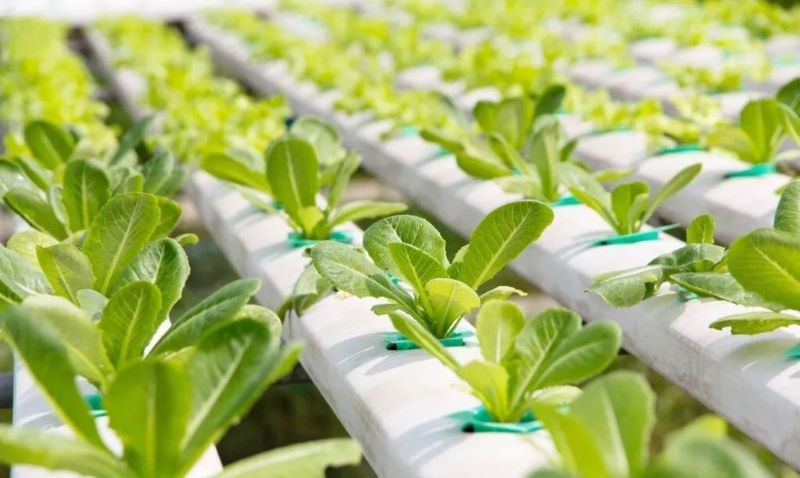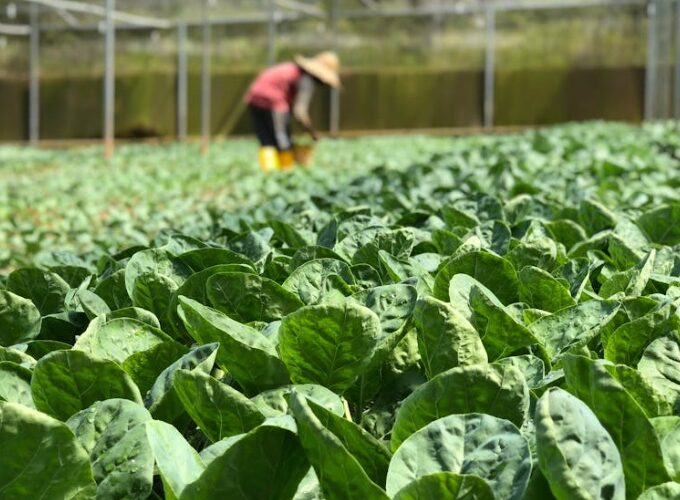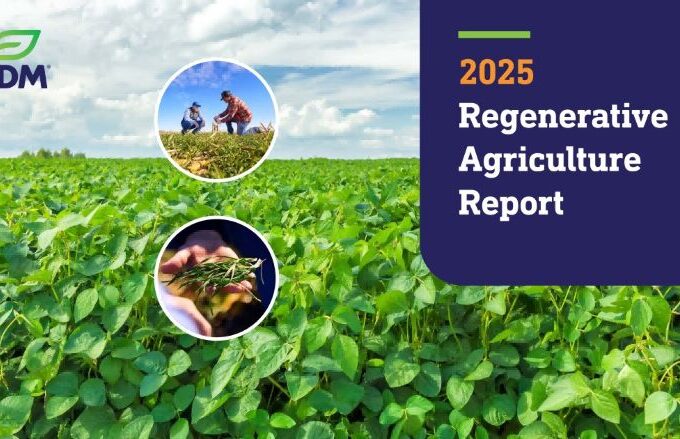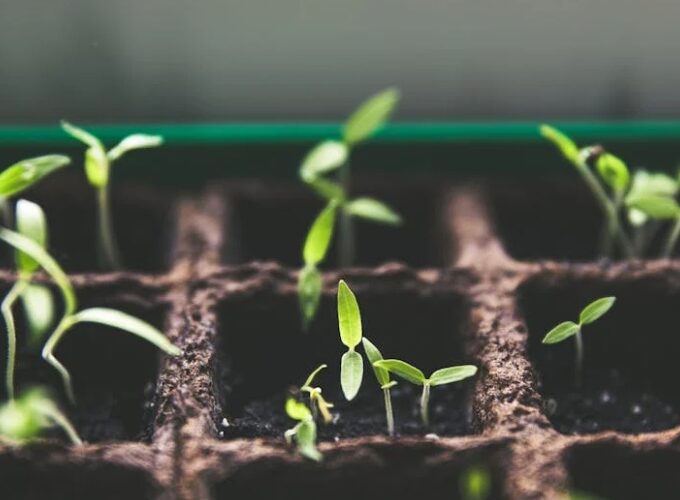Currently, households and businesses across South Africa are experiencing water stress exacerbated by climate change and municipal infrastructure challenges. This pressure will have a direct impact on the availability of sufficient water for their operations and makes water security an issue that cannot be ignored. the launch of Dis-Chem Foundation’s first hydroponic vegetable garden marks an important step in the foundation’s commitment to meeting the nutritional needs of the country’s underprivileged communities.
Capable of growing 4,000 crops in six weeks, the hydroponic garden’s system is designed to produce an impressive variety of products. These include 1,728 leafy greens, 356 onions, 110 peppers, 110 chili peppers, 40 tomatoes, 40 peas and 40 beans. The garden utilizes an efficient hydroponic system. The team behind this garden described the technical aspects of the system, explaining that the water is transported by gravity to the top of a vertical tower so that the plants grow up to 30% faster.
Overview of South Africa’s Water Resources
A report released by the South African Department of Water Resources and Sanitation paints a grim picture of the current water supply. The report shows that 51% of the microorganisms supplying water are in poor to bad condition, 40.8% of water is lost through leaks, and 67.6% of sewage treatment plants fail to adequately treat sewage and other wastes. To make matters worse, South Africa’s water demand is projected to increase dramatically over the next 20 years, while water supply is likely to decline, with a projected shortfall of 17% by 2030.
In addition to poor planning and management, severe underinvestment in infrastructure, vandalism and corruption, climate change exacerbates South Africa’s risks. South Africa’s average annual rainfall is only 460 millimeters, less than half the global average, and is unevenly distributed and highly concentrated on only 8 percent of the land. This makes South Africa, especially its economic center, highly vulnerable to water scarcity and climate change.
Hydroponic Gardens and Hydroponics
A hydroponic garden is a system that uses a nutrient solution to grow plants in a soil-less environment. Known as hydroponics, this method utilizes a nutrient solution to supply the plants with the nutrients they need, avoiding the use of soil, which reduces the incidence of pests and diseases and is cleaner and more sanitary.
Hydroponics is a soilless technique that allows plants to grow in arid or urban areas. Compared to conventional agriculture, hydroponic growing techniques use 90% less water and 75% less space. According to experts from the World Food Program, hydroponics can also lead to a twofold increase in the growth rate of plants.
On top of that, hydroponic cultivation has the advantage of getting rid of seasonal production in a way that traditional methods cannot – for example, we can pick strawberries or melons in January when it’s snowing outside in the winter, and perhaps one of the most important features of this agricultural technique is that it’s the opposite of seasonal. It requires less water than traditional soil cultivation, the water is recycled in a closed cycle and reused several times by the water being condensed and transported again in the cultivated plants.
Basic Concepts and Principles of Hydroponics
Hydroponics is the process of supplying plants with nutrients through a nutrient solution, rather than relying on soil. The plant roots are directly immersed in the nutrient solution or come into contact with it, for example, through the nutrient film technique, so that they can absorb the nutrients for growth. This method is not only suitable for indoor growing, but can also be used outdoors or in greenhouses, offering space-saving, water-saving, and yield-enhancing benefits.

Advantages and Disadvantages of Hydroponics
- Space saving: hydroponic gardens require much less space than traditional soil gardens because plants with small roots can be planted more closely together.
- Saves water: hydroponic systems can use less than 10% of the water used in a traditional soil garden because water and nutrients can be recycled.
- Increased yields: Shorter growing cycles in hydroponic systems mean higher productivity, crops can grow twice as fast and yields can be doubled or even tripled.
- Healthier growth: Plants grown through hydroponic systems are healthier and more nutritious, especially in terms of vitamin content.
- Labor Saving: not having to tend to the soil reduces the gardener’s workload and makes the growing process easier.
- Higher cost: although hydroponic systems can save space and water, their initial investment and operating costs are relatively high.
- Technical requirements: some technical knowledge is required to configure and manage the nutrient solution to ensure healthy plant growth.
Comparison between Hydroponics and Traditional Agriculture
If hydroponic cultivation is viewed only from an environmental perspective, the impact of this method on the environment is not entirely clear; on the one hand, this method of farming uses less water and does not result in erosion or depletion of soil and water, and the technology also reduces the use of fossil fuels, due to the fact that no agricultural machinery is used in the cultivation, sowing and transportation processes, and very few pesticides are used for controlling weeds, all of which have an environmental and human health positive impacts on the environment and human health.
On the other hand, electricity is used for lighting in hydroponic cultivation, and it is well known that generating this energy can have harmful effects on the environment, and there is also a problem related to pollution, which can negatively affect drinking water due to the need to dispose of liquid nutrient wastes in the environment surrounding these farms. Nonetheless, one can control these harmful effects by reusing nutrient-rich wastewater to grow plants in greenhouses, and this reuse is one of the common agricultural methods due to its high economic returns.
Hydroponics is The Future of Agriculture
Hydroponics is a new technology that can help humanity fight hunger and provide more food, we can now purchase hydroponics equipment to use in our homes, no longer needing to purchase expensive agricultural land, consume large amounts of water like irrigated agriculture, or wait for rain like most farmers around the world who rely on rain to grow their crops.
With this advanced agricultural technology, farmers can now grow more crops at home without the need for soil, rain or sunlight, as well as choose the varieties they want to produce regardless of the seasons. As technology advances, hydroponic farming may be one of the most efficient and sustainable ways to grow fruits and vegetables in the future.












